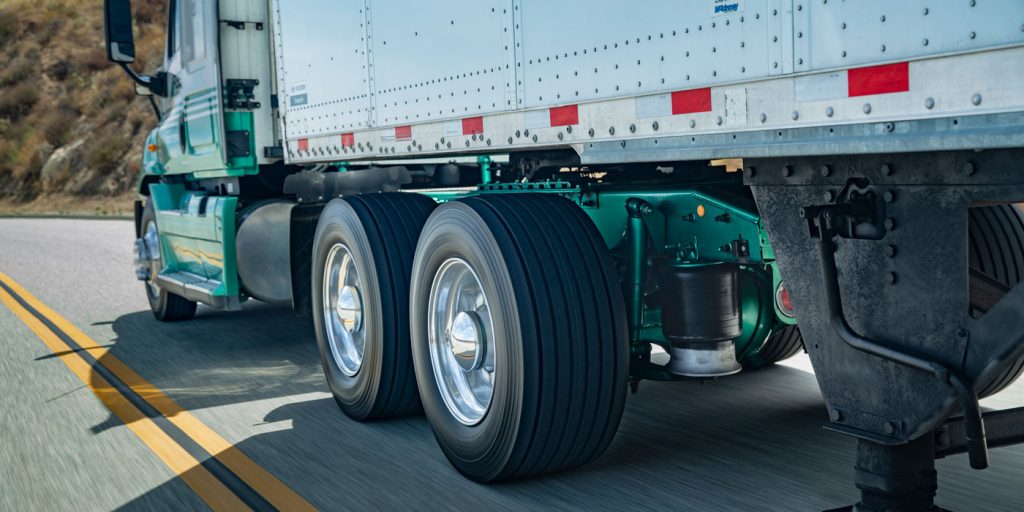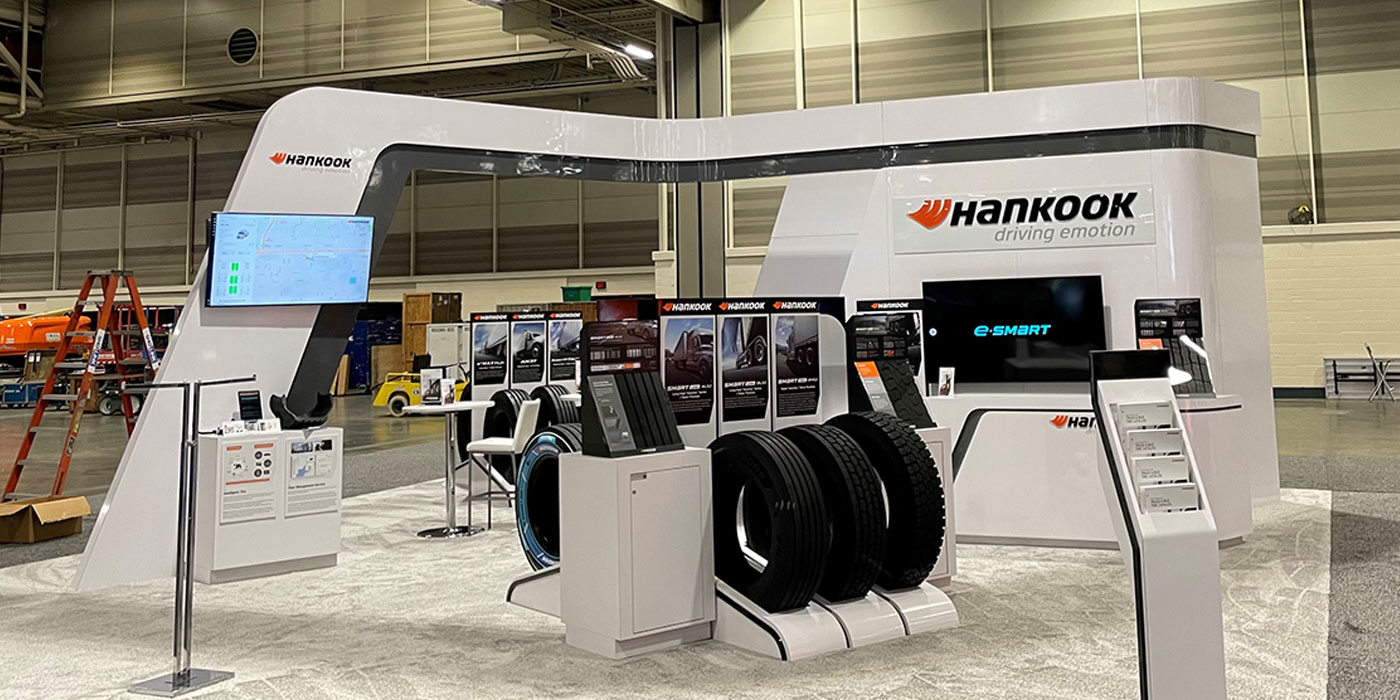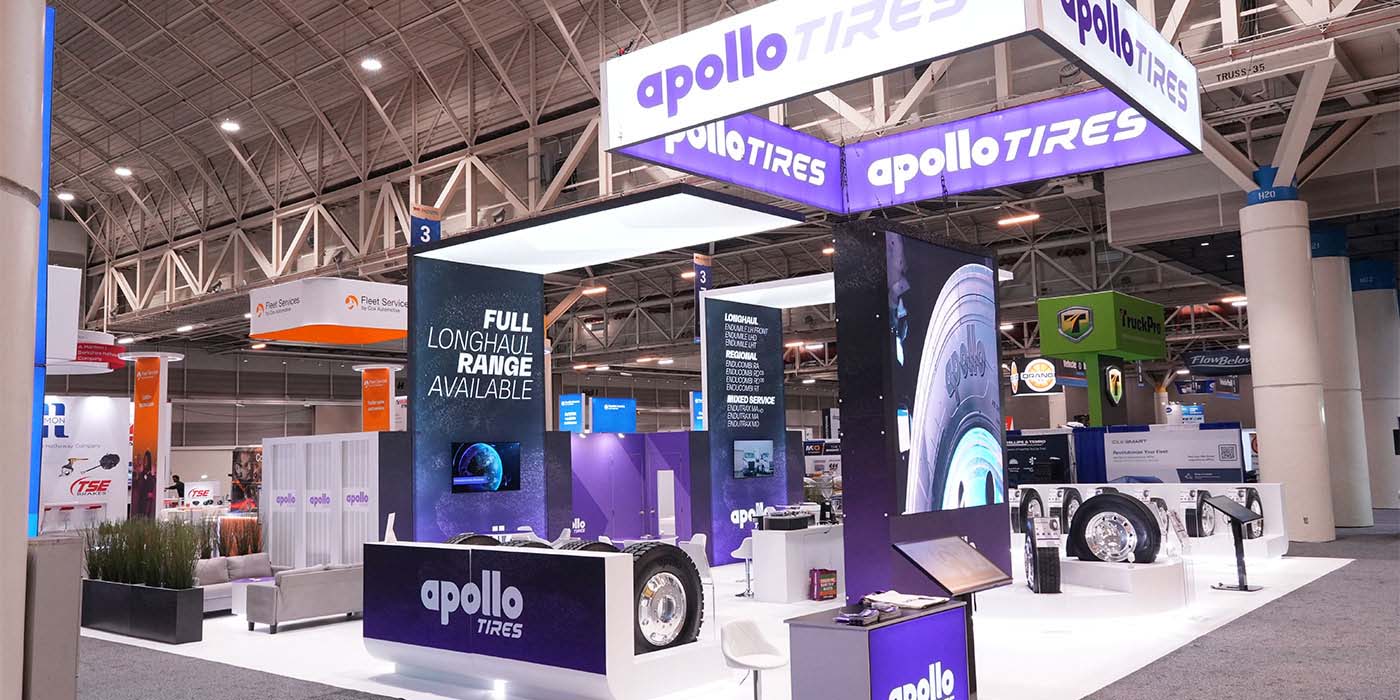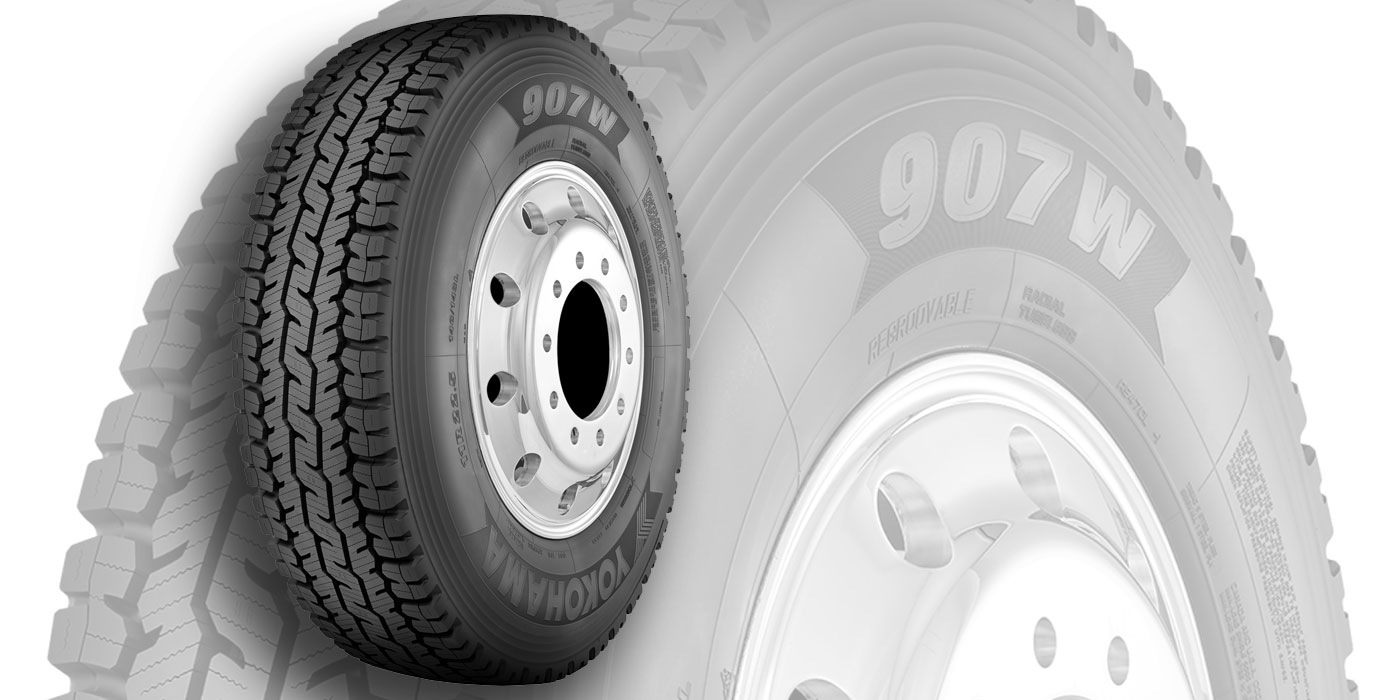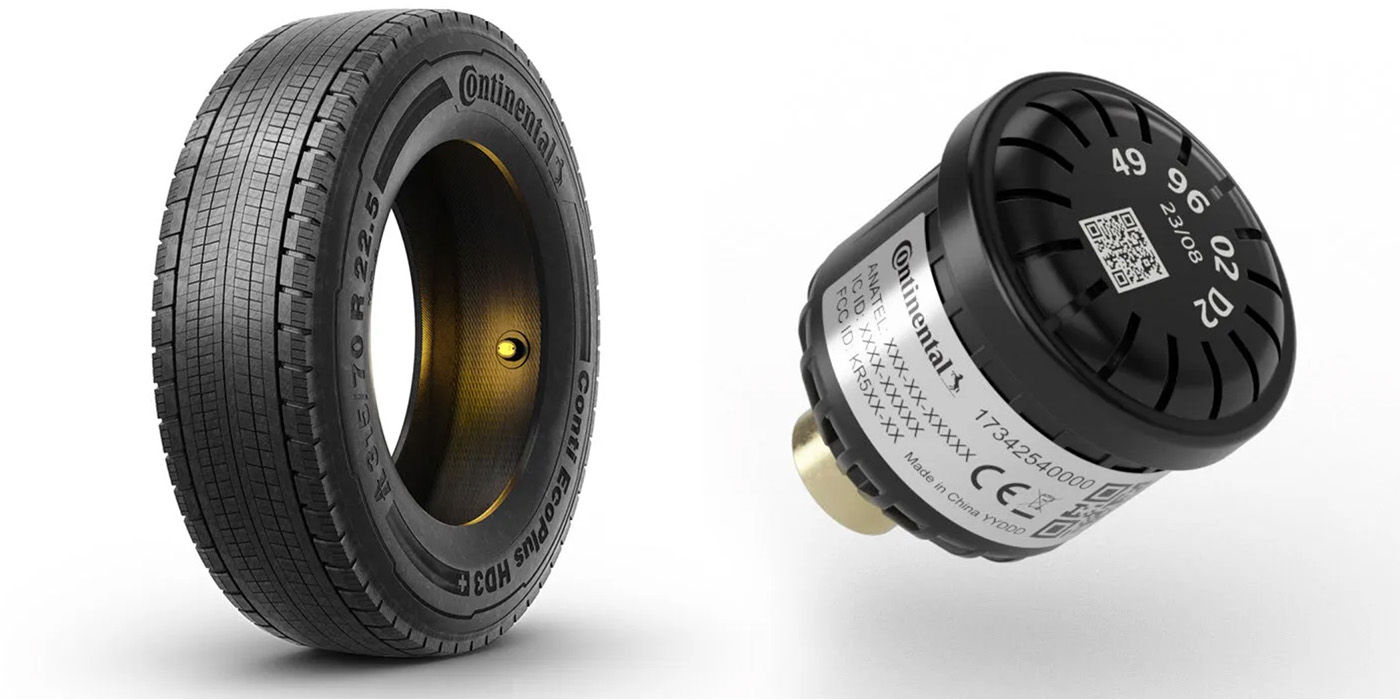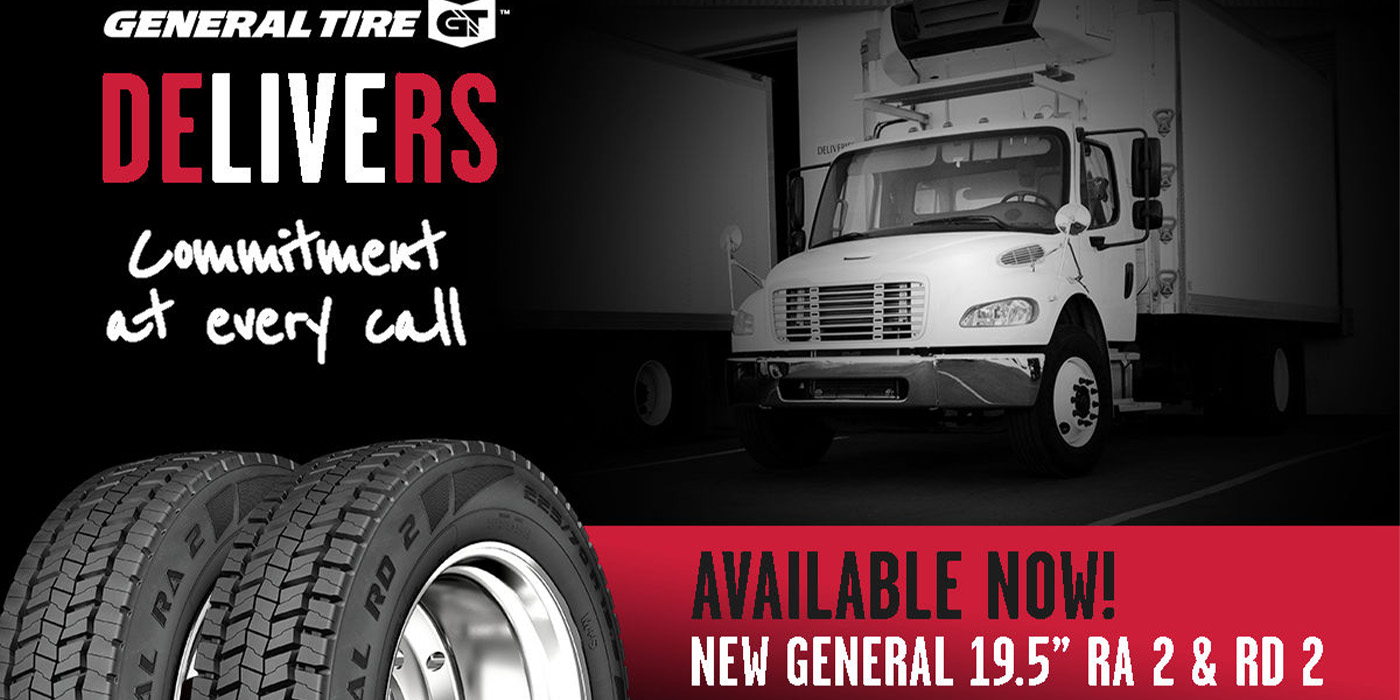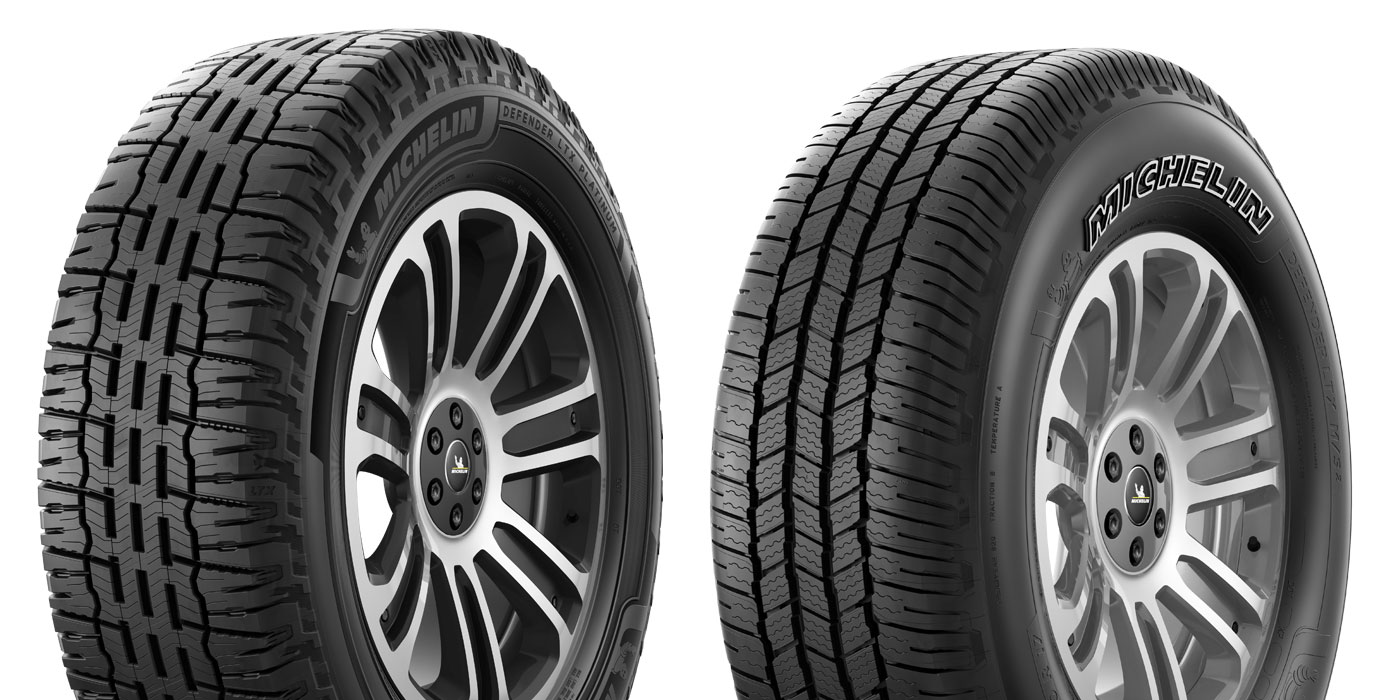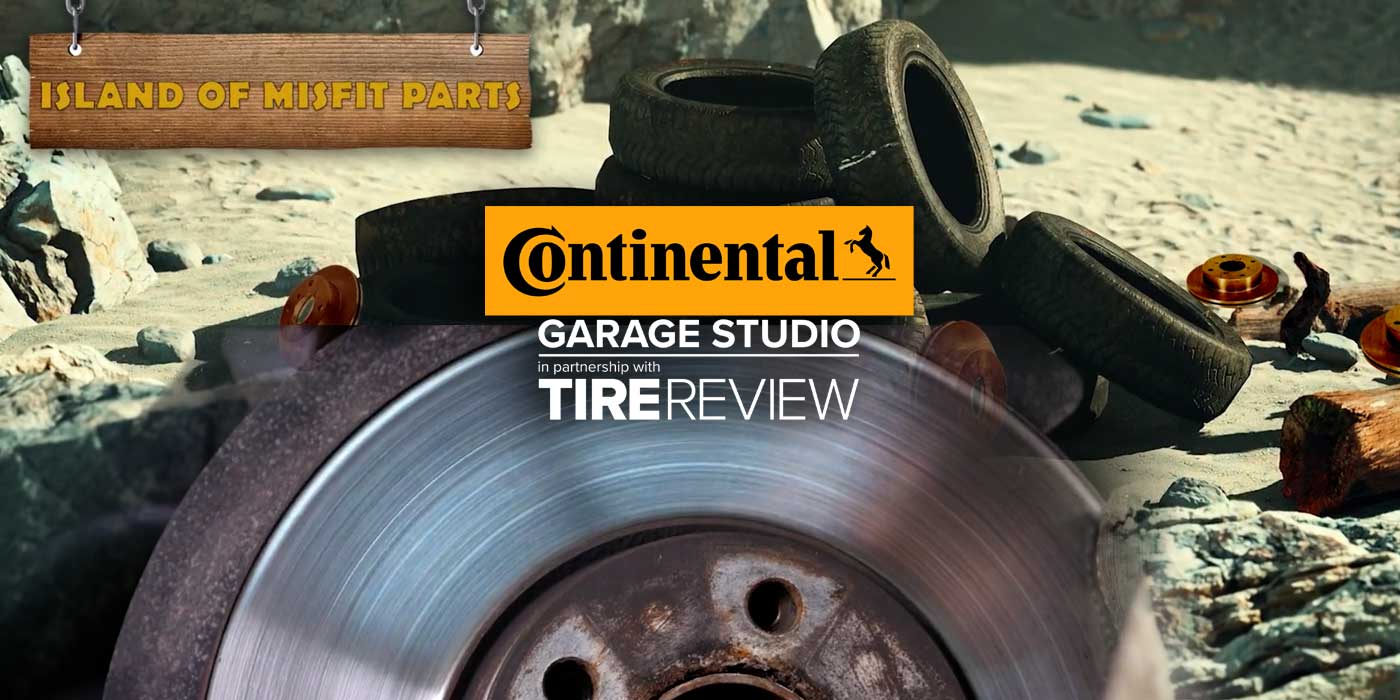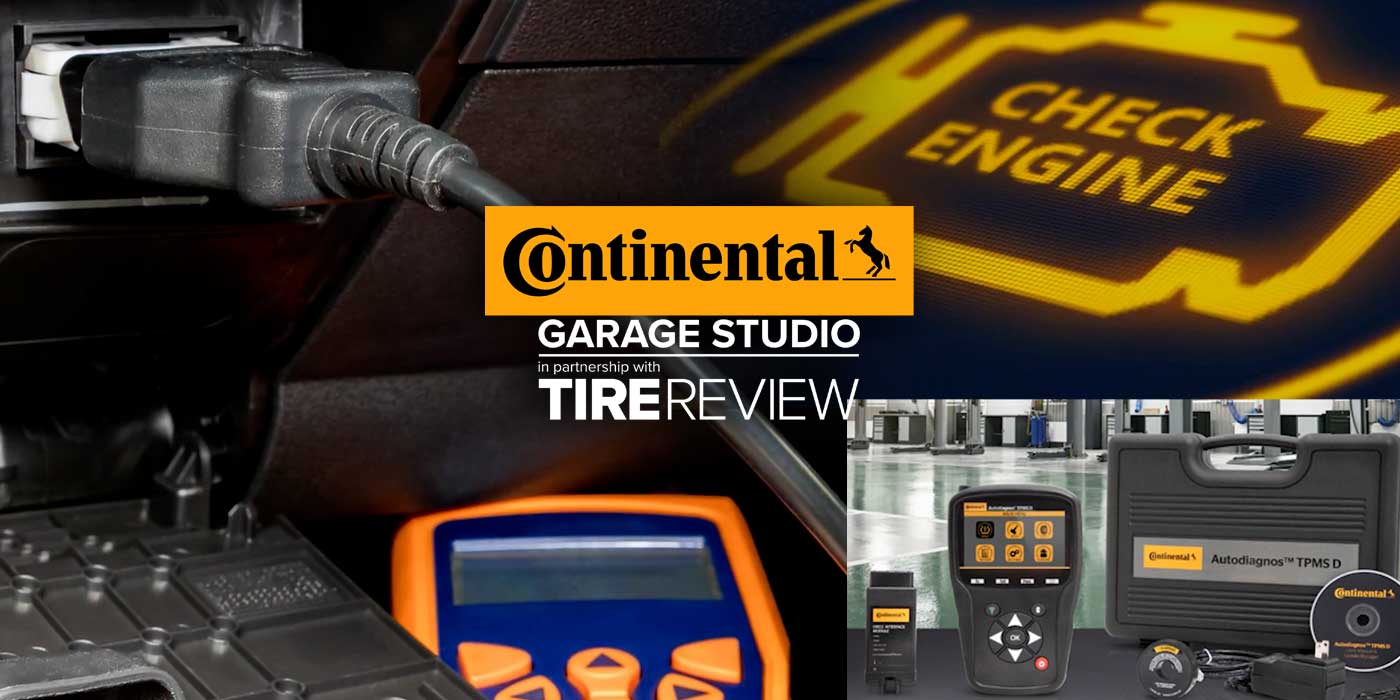Here’s the thing: Tire manufacturers could churn out heavy-duty truck tires that are far more efficient than what’s available today, but you probably wouldn’t want to stock them for most of your fleet customers.
Yes, commercial tire customers know that fuel-efficient tires are necessary to build ROI in much of the heavy-duty trucking world, with fuel being one of the costliest expenses for many fleets. The trouble is, if a tire is built with the singular goal of being as fuel-efficient as possible, it is probably not going to be at the head of its class in some other areas of design, such as durability and longevity.
“From a rolling resistance standpoint, a perfectly-smooth rubber surface with no pattern would be ideal. However, this would come at the cost of traction and wet/snow performance,” says Marco Rabe, Continental’s head of truck tire technology in the Americas Region. “Obviously, this isn’t realistic for highway use.”
Tire manufacturers discovered a long time ago that an easy way to increase a tire’s fuel efficiency is to reduce its original tread depth. However, doing so obviously comes at the cost of reducing the tread life of the tire.
“The question becomes, ‘Is the trade-off to fuel efficiency going to outweigh the loss of original tread life due to reduced tread depth?’” says Triangle Tire USA’s Northeast Sales Manager, Charles Luther. “Another [example] is the compounding of the rubber for maximum fuel efficiency. The question then becomes, ‘Does the change in the rubber compounds to fuel efficiency adversely affect the handling of the tire?’”
Manufacturers searching for the answers to these questions are caught in a balancing act, developing new compounds and technologies aimed at increasing fuel economy without sacrificing mileage, and vice-versa.
“The combination of tread depth, tread compounding and, to a lesser extent, casing design parameters all contribute to fuel efficiency. These three variables are continuously tested and evaluated to achieve ever-increasing fuel efficiency through less rolling resistance.”
Charles Luther, Triangle Tire USA
According to Matthew Hanchana, sales technical services manager for Giti Tire USA, engineers tend to focus on three main factors which impact the rolling resistance (which directly affects fuel efficiency) of a tire: tire structure, tread pattern design and tread compounding.
“Tests show that more than 50% of the rolling resistance of a tire is generated from the tread and belt package; as such, many research hours are spent to study and improve these components,” he says. “The tread pattern design is also an important consideration when trying to improve the fuel efficiency of a tire. Streamlined ribs, blocks and lugs; good balance between cap and base compounds; shallower tread depth; and stiffening the belt package are all important considerations.
“Tire companies develop tread compounding techniques to reduce the energy absorption and consequent heat generation within the tread and belt package that, at the same time, do not compromise other important factors such as durability,” Hanchana continues.
Pat Keating, Yokohama Tire’s senior manager of field engineering, pointed to the company’s BluEarth line of trailer tires as an example of how better compound mixing technology has allowed enhanced tread compounds to be deployed in some of Yokohama’s latest products.
“Better manufacturing has allowed tighter tolerances to be used in design, so overall gauges can be reduced rather than adding rubber to make sure that minimum levels are maintained,” Keating explains.
Continental’s Rabe adds: “Our engineers select compounds which produce less heat and which create stiffer tread patterns. Both of these attributes can reduce the energy needed to roll the tire forward without sacrificing safety and handling.”
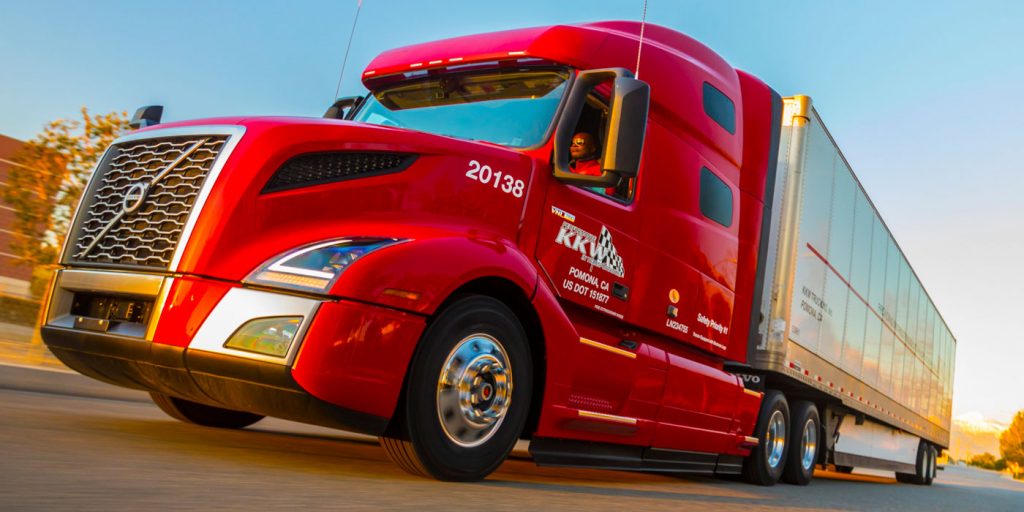
Can Retreads Help Fleets Cut Back on Fuel Costs?
Every fleet’s tire needs are different, especially when you consider the incredibly diverse range of applications in which the trucking world can be involved.
But, according to Kyle Chen, Bridgestone America’s brand manager for truck and bus radial tires, U.S. and Canada, there are many cases where a fleet manager will likely find retreads to be even more fuel efficient than new tires when paired with a premium, fuel-efficient tire casing.
“The casing itself accounts for more than half of the rolling resistance of the tire,” Chen says. “Casing components compact [with] use, reducing friction and heat. This means casings become more fuel efficient as they are used, showing approximately a 10% decrease in rolling resistance on average after about a year of use. When coupled with a fuel-efficient retread such as Bandag Fueltech, it can become a fleet’s most fuel-efficient tire, new or retread.”
“The tread pattern design is important when trying to improve the fuel efficiency of a tire – streamlined ribs, blocks and lugs; good balance between cap and base compounds; shallower tread depth; and stiffening the belt package are all important considerations.”
Matthew Hanchana, Giti Tire USA
“In fact,” adds Continental’s Rabe, “low rolling resistance tires can be particularly suited to retreading because the tires are designed to minimize heat generation. Reducing heat reduces rolling resistance, but it also improves the likelihood that a casing can be retreaded, since heat deteriorates tires. Continental’s low rolling resistance tires, such as the EcoPlus line, are covered by the same seven-year, three-retread warranty as all our newest generation tires.”
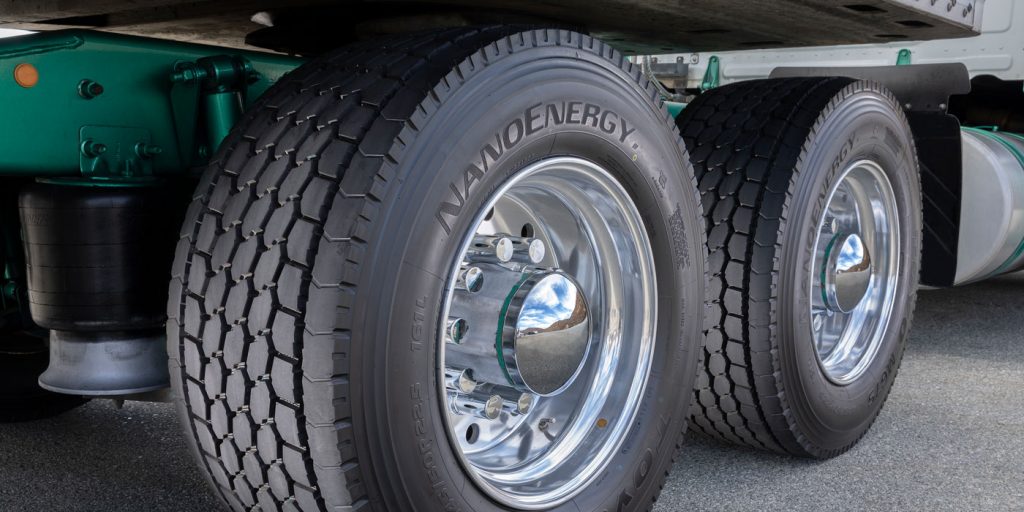
SmartWay-Verified Tires for Fuel-Conscious Fleets
Tire manufacturers tend to recommend SmartWay-verified tires for fleets hoping to save money at the pump. This designation shows the tire has been specifically designed, tested and approved for low rolling resistance and fuel efficiency by the U.S. Environmental Protection Agency.
As fleets continue to demand more fuel-efficient tires in order to meet stricter industry regulations, manufacturers today find themselves in what Triangle Tire’s Luther calls a “never-ending quest to improve fuel efficiency,” while still delivering maximum mileage on the road. Many manufacturers strive to strike this balance by offering a portfolio of SmartWay-approved or retread options to fleets, and sometimes even by combining these features.
“The type of tire used in each position can affect the overall performance of the truck. Different applications will dictate the proper tires to use.”
Dave Johnston, Toyo Tire U.S.A.
“As new tire manufacturers have developed an extensive portfolio of SmartWay-approved tires, so have the retread rubber manufacturers developed fuel-efficient tread rubber to be utilized in retread manufacturing,” Luther says. “Utilizing SmartWay casings with fuel-efficient rubber developed by the major retread rubber manufacturers should yield a very efficient retread. Each fleet, through evaluation, should be able to determine their effectiveness. In most cases, via careful evaluation, the chances are excellent that retreads on SmartWay-approved casings with fuel-efficient rubber will prove to be as efficient as new SmartWay-approved tires.”
Continental’s Rabe adds that just like with new tires, there exists SmartWay-verified retread technologies as well.
“Fleets should be aware that not all retreads labeled as ‘fuel efficient’ carry SmartWay verification, so it’s important to check the list available on the EPA website. Eight of Continental’s retread patterns are SmartWay verified,” Rabe says.
Bridgestone’s Chen says the tires in a manufacturer’s portfolio marketed as SmartWay-approved should correlate with more fuel efficiency than the tires in the same portfolio that are not.
“Better manufacturing has allowed tighter tolerances to be used in design, so overall gauges can be reduced rather than adding rubber to make sure that minimum levels are maintained. Better mixing technology has allowed enhanced tread compounds to be deployed.”
Pat Keating, Yokohama Tire
However, Dave Johnston, director of sales for commercial tires at Toyo Tire U.S.A. Corp., reminds readers that while SmartWay-verified tires are often a good place to start when looking for the right set of fuel-efficient tires, it’s important to consider all choices based on the customer and their application.
After all, a big part of beefing up a fleet’s bottom line simply comes down to maintenance fundamentals.
“Under real-world conditions, there are many factors that correlate to realizing the full potential of a tire,” Johnston says. “These include the rolling resistance co-efficient, the air pressure, alignment, proper tire application and how the operator drives the truck.”
Diligent and proactive tire pressure maintenance is another key in maximizing fuel efficiency, but fleets should not be inflating all of a truck’s tires equally. Instead, tires should be inflated according to the load they carry, which is typically directly influenced by wheel position.
“Steer tires need to be inflated to cover the weight of the front axle, whereas the drive tires carry the load,” adds Bill Dashiell, senior vice president of the commercial tire division for TBC Brands. “Each manufacturer will usually recommend a ‘sweet spot,’ but it really depends on the load and application and maneuvers that the tires are asked to perform.”
Check out the rest of the March digital edition of Tire Review here.

